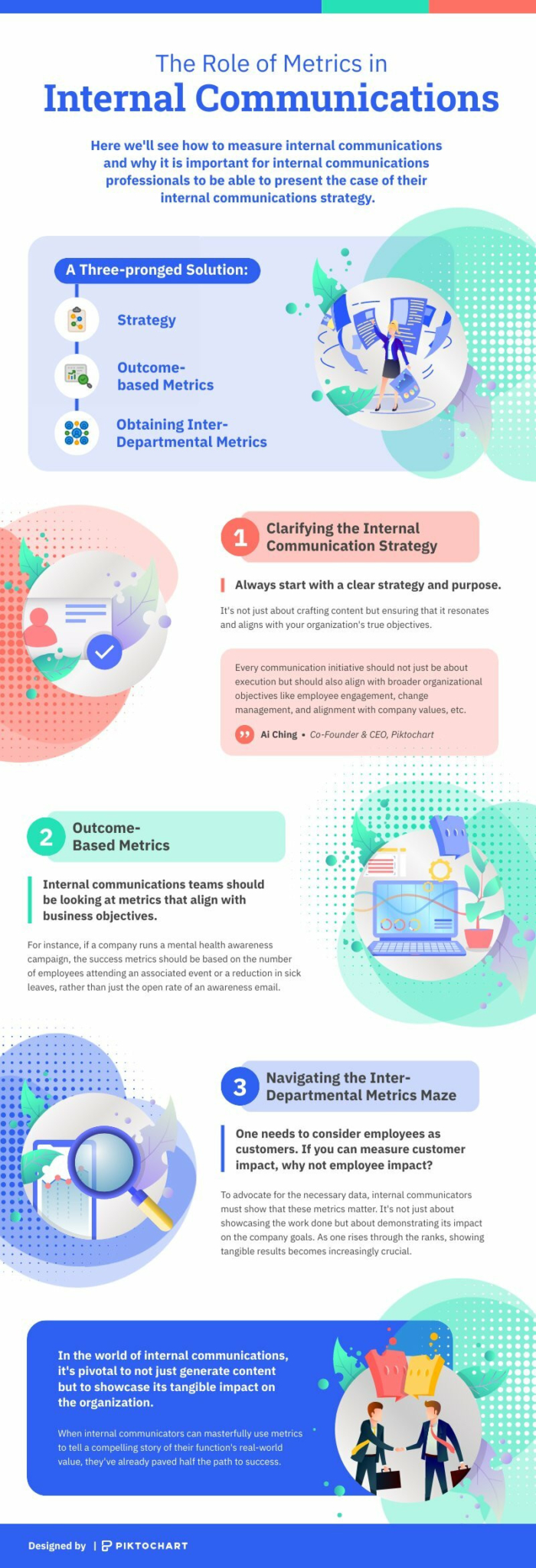Customer Story
How a Government Research Analyst Presents Data Effectively With Piktochart

Jesse Stringer
Research Analyst
-
Company
-
Company Website
-
Business TypeGovernment
-
LocationJuneau, Alaska
-
Friends with PiktochartSince 2021
For researchers, numbers and data points are key for analysis in making any decision. The nitty-gritty details behind the data cannot be undermined, but those data may not be translated clearly for non-researchers.





